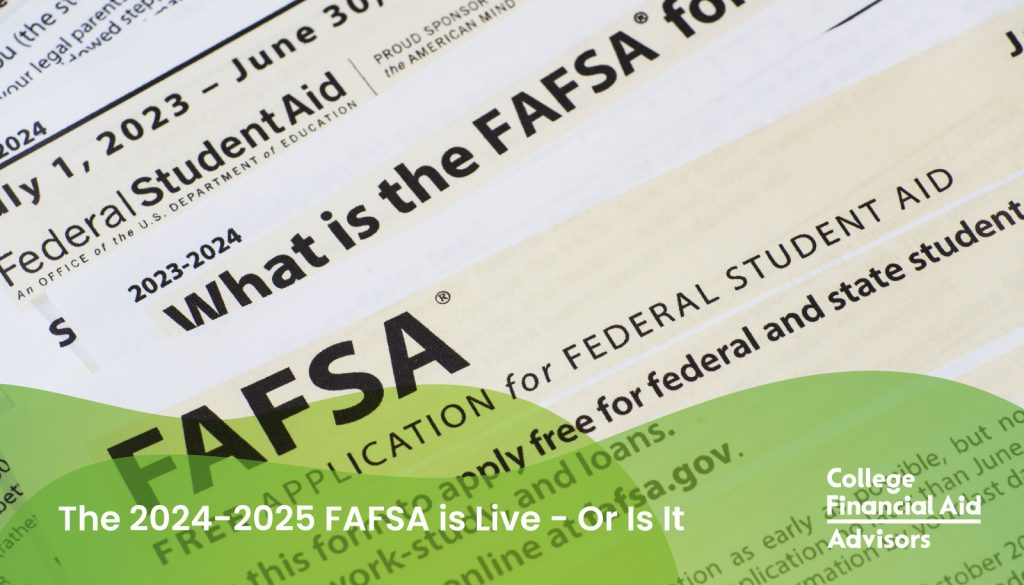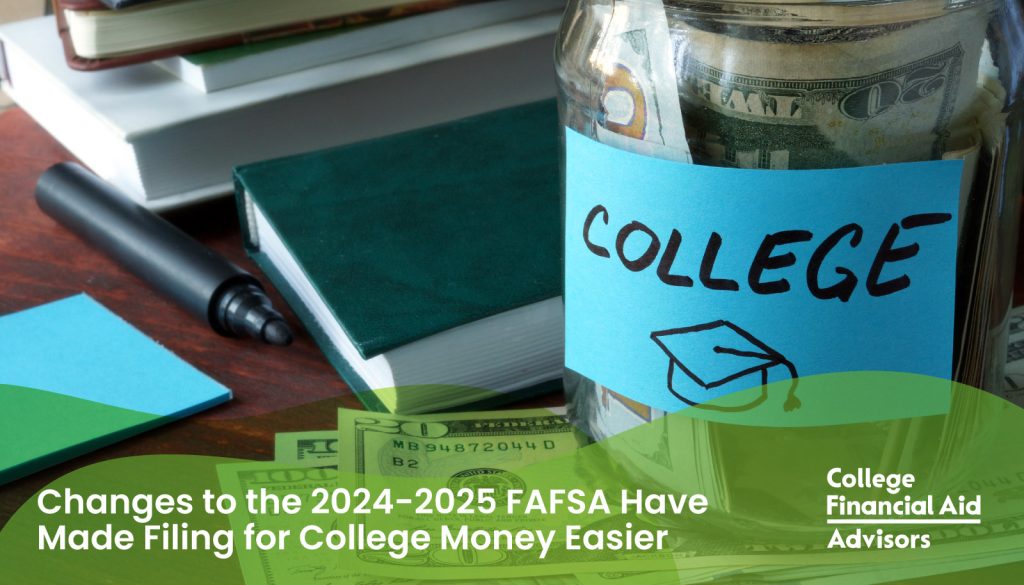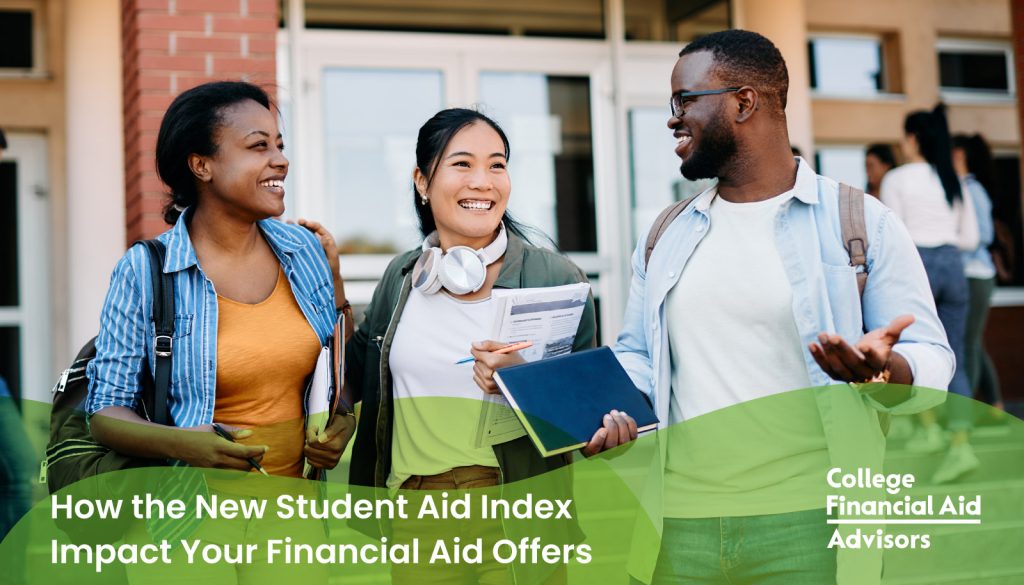What to Consider When Choosing Your College by National College Decision Day
College Decision Day is May 1st – and believe it or not, this exciting day will be here before you know it! While some students who applied for early acceptance are sitting back, comfortable in the knowledge of where they’re going for their college journey, other students may not be. Whether you’re just unsure about which school is right for you, or just not clear on how to make the decision you want, the final deadline is coming up. Please note: Deadlines are changing college by college – due to late FAFSA. Some colleges have changed their enrollment date, please check each college so you don’t miss the new announced deadlines. Here are some tips that might make it easier to plan ahead for College Decision Day: Talk to someone You don’t have to make this exciting and momentous decision alone. Talk to your parents, siblings, friends, relatives, teachers and counselors to get their advice on what path to take. In the end, the decision is a combination of your desires for college, financial ability to pay, and which school is the best fit for your studies. Compare in two ways Look at emotional reasons to pick one college over another, and then think about financial reasons. Take all possible costs into consideration, including travel and out-of-pocket living expenses. Be sure you know how much of each financial aid offer comes. You’re likely to see scholarships and grants you will not have to repay, and student loans that you will have to repay. Make one last effort at increasing financial aid Remember, the colleges are looking at financial aid information from the last year. If your family faced financial problems last year, put together a compelling case for more help. Be patient with financial aid offices as you appeal your offer, as they’re likely overloaded right now. I have more tips on appealing financial aid offers here! Check your bank balance If you do have an idea of the college you want to attend, find out how much money you will be expected to pay. If you don’t have enough, you’ll need to earn more by then or learn a lot about student loans in a hurry. Remember to watch which loans you’re agreeing to take – as they become your responsibility after graduation. If your family is helping you pay for school, have a conversation about who will be responsible for what, as well! There is still time to look for scholarships Does the final decision for which school you’re going to choose rest on a specific amount of money? If so, a scholarship might just do the trick. Scholarships do not have to be paid back and are free money that can really help with your college costs. Take a minute to reflect on what you need, what you have in the bank, and what’s coming from the schools. Make your choice as soon as you feel ready (by May 1st!). Carefully read all the information provided to be sure you complete everything you need to secure your spot! Be sure to let other colleges know that you will not be attending. This allows them to offer your spot to other students on their wait list. Congratulations on making it this far and good luck in the years ahead! A quick note: recent updates from the Education Department indicate colleges will not receive FAFSA information until March. Please watch your application portals and school announcements carefully in case deadlines change. More about Jodi and College Financial Aid Advisors Jodi is a FAFSA financial advisor who helps with the financial aid process to help families of college students maximize their financial aid. From completing the FAFSA and completing the CSS Profile to reviewing the SAR, responding to requests for verification, comparing financial aid offers and understanding student loan options, Jodi is a fantastic resource when it comes to student financial aid. Schedule a 15 Minute Power Chat to learn more about finding ways to pay for college.










